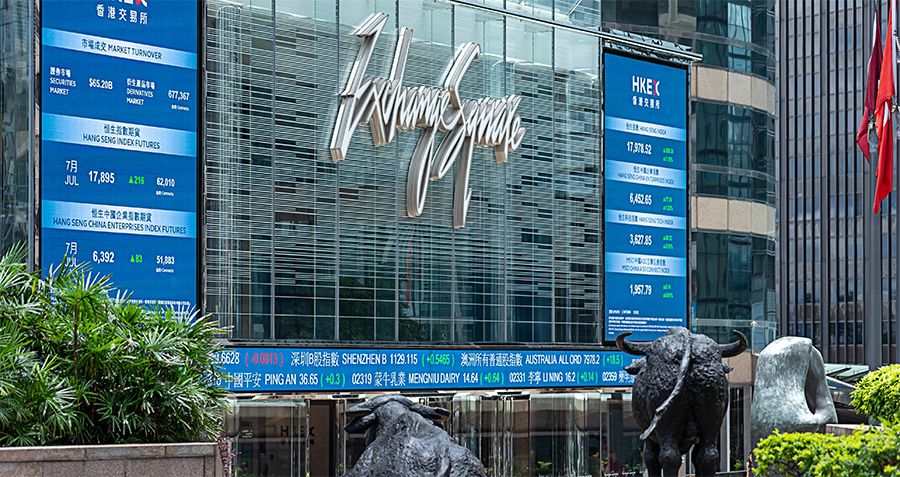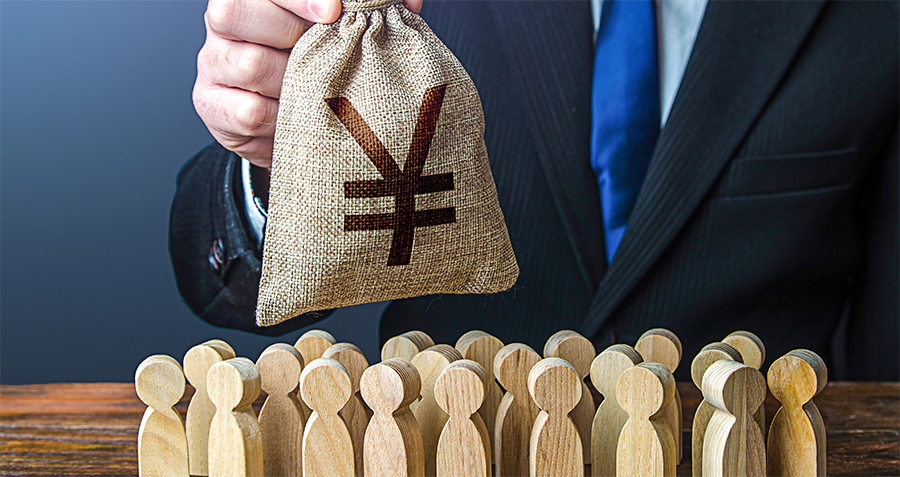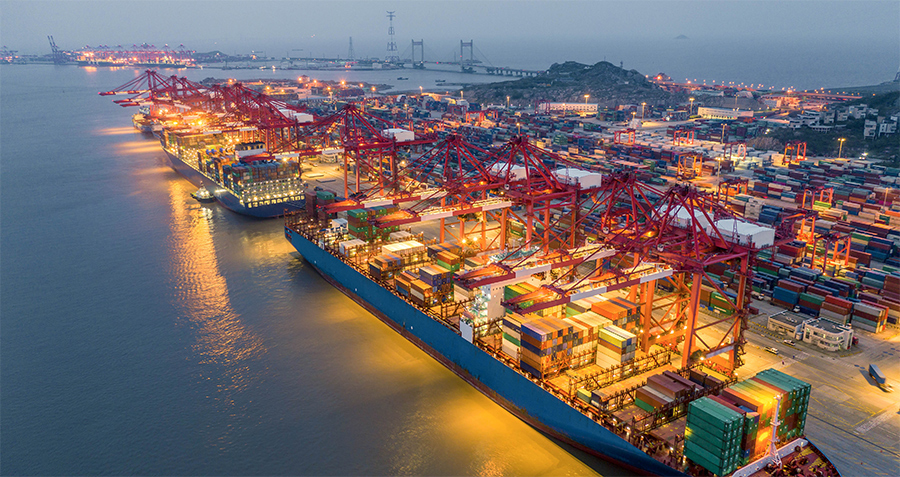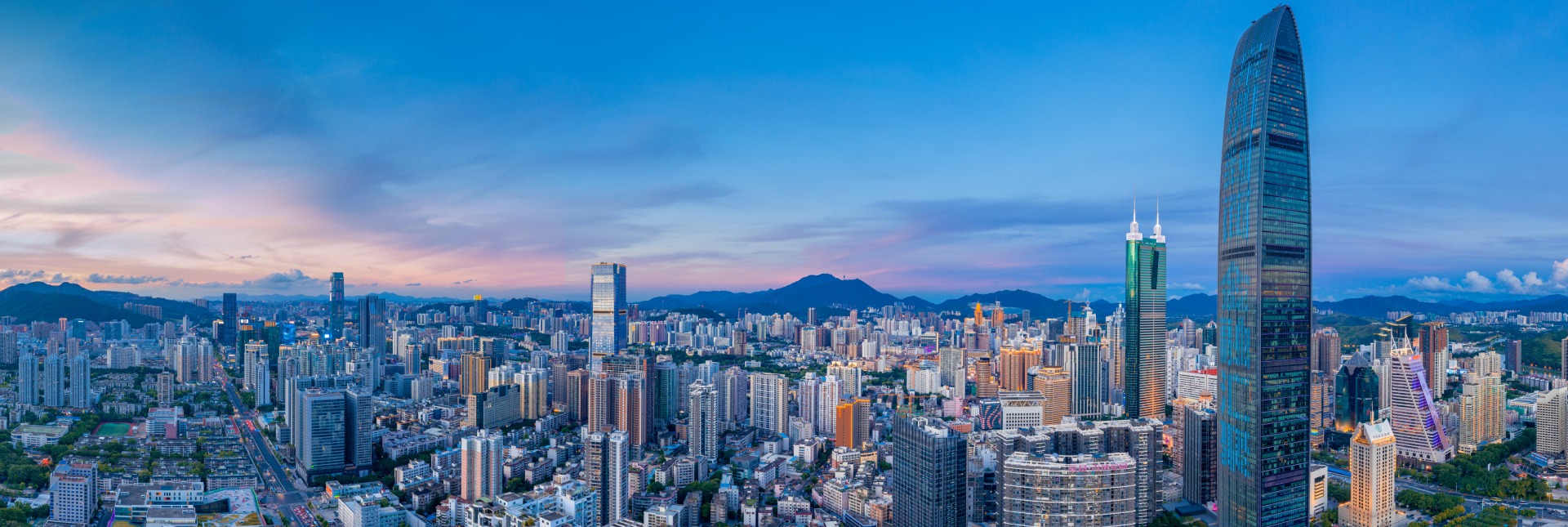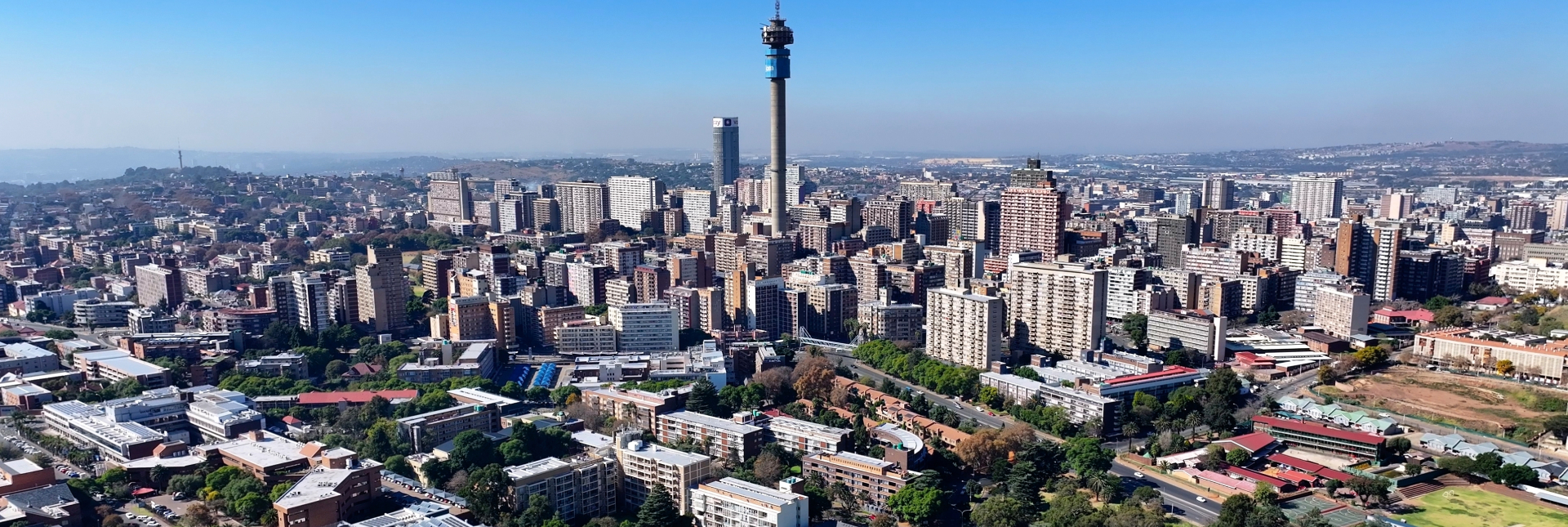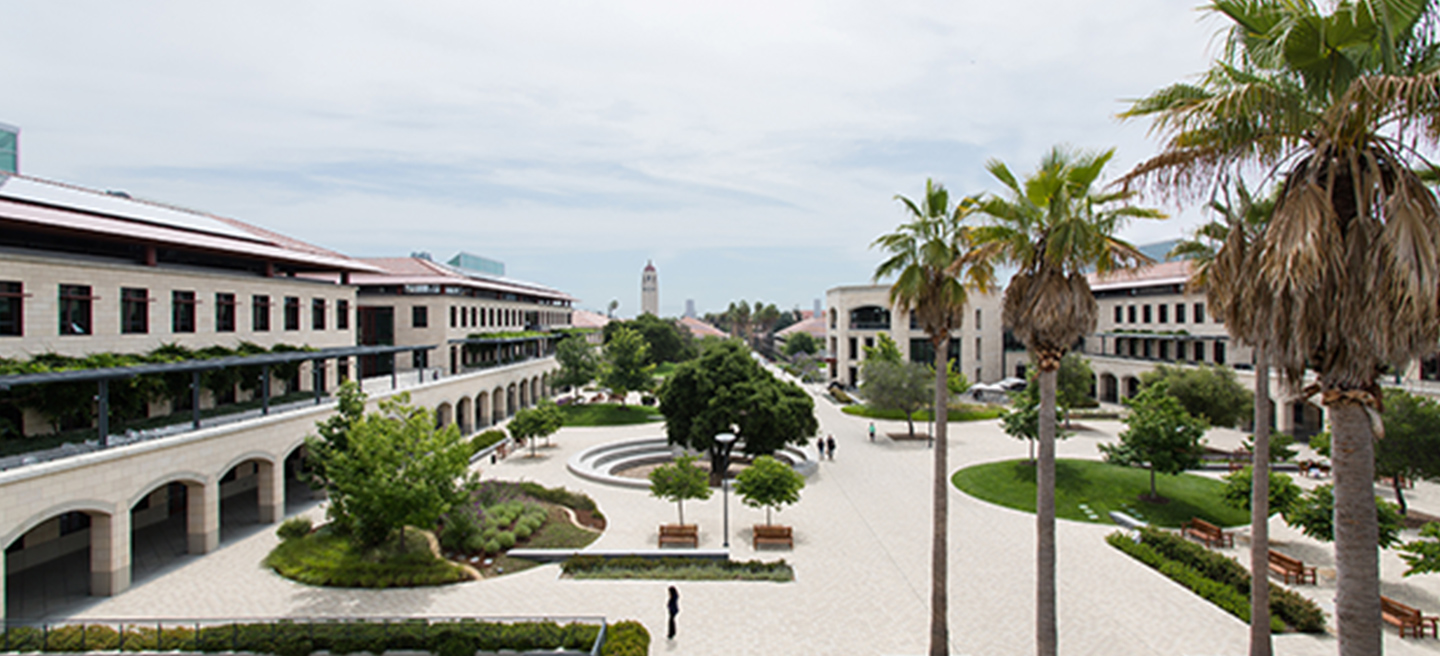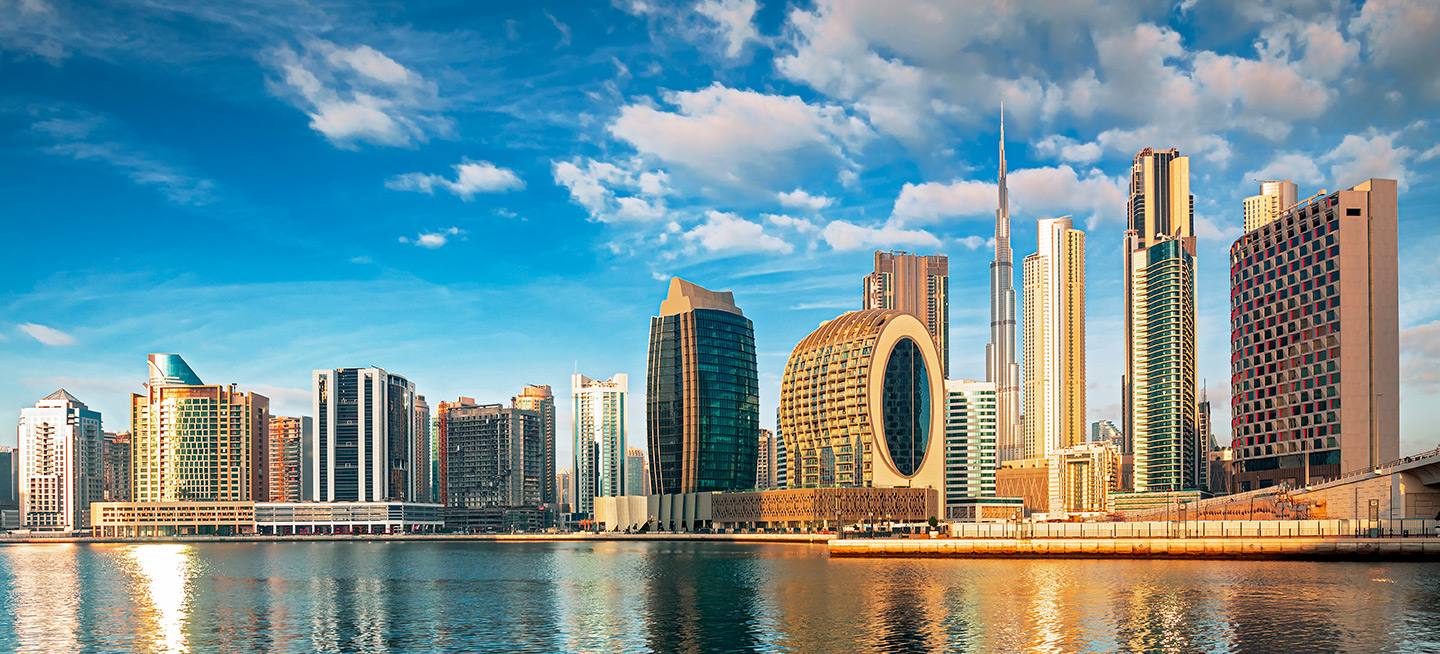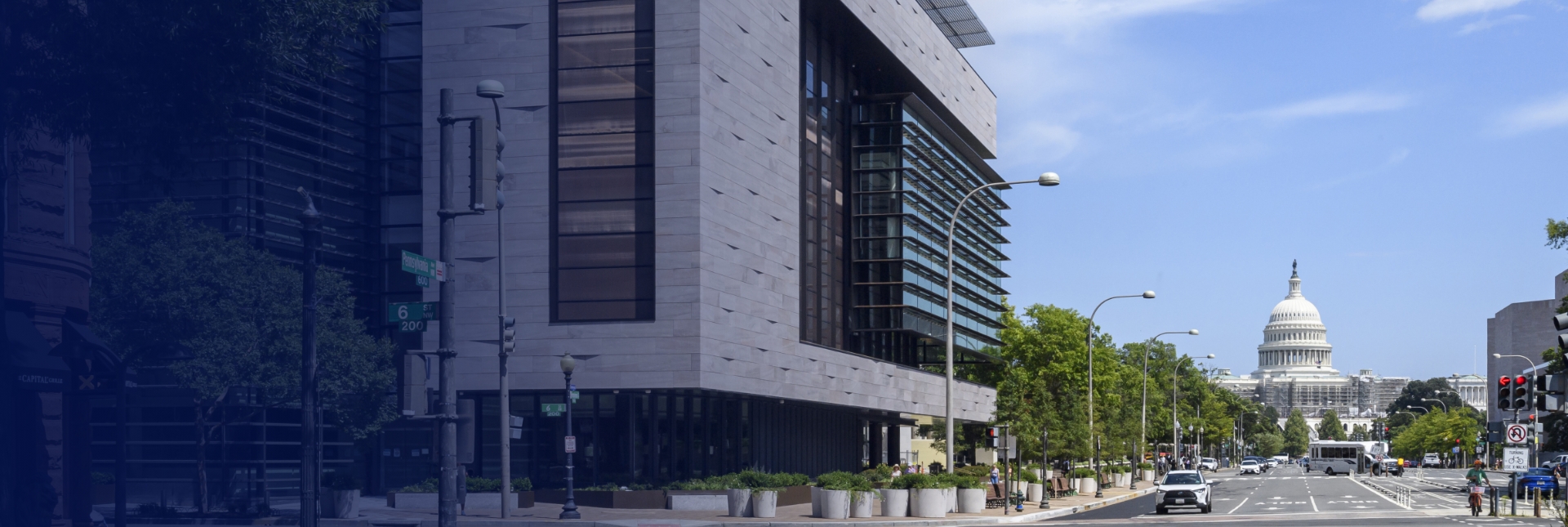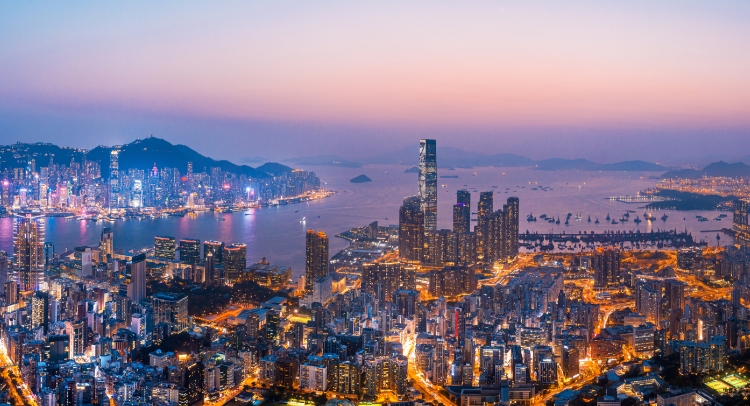The International Olympics Committee has mastered the art of monopoly pricing
Now that the Olympics is over it is a good time to reflect on its economics. The Olympics is big business with an estimated $5 billion in revenue flowing to the International Olympic Committee (IOC) from 2009 to 2012 . Aside from television income, most of this revenue derives from corporate sponsorships. The fabulous commercial success of Olympic sponsorships over the last three decades is due to an application of what economists call “monopoly pricing”.
As most people probably know, a monopoly means that there is a single provider of a product or service. There are not too many instances of a pure monopolist but the Olympics is one. The IOC is the only organization that is allowed to hold the Olympic Games. When I teach microeconomics, I explain that economic theory predicts that a monopolist will reduce output to raise its price and increase profits above what would occur in a more competitive industry. It is able to do so because it wields power that a firm with rivals cannot.
We rarely get to observe monopoly pricing in action because we do not get to see what things would look like without the monopoly power being imposed. However, an interesting historical transition in Olympic advertising illustrates this beautifully. The 1976 Montreal games were the last to be publicly funded. They were also a financial disaster even though the number of participating corporate sponsors reached an all-time high of 742.
Because of the earlier financial disaster, only Los Angeles entered the bidding for the 1984 Olympics (the Moscow Olympics was in between but bidding concluded before the Montreal financial results were known). Moreover, the city of Los Angeles refused to use public money for the event. As a result, the 1984 games became the first to be privately financed. This was when the IOC began to put its monopoly power to use. The table below dramatically illustrates this. Although sponsors in Montreal numbered 742, the IOC earned only $48 million from sponsorships. In the 1984 games, the number of sponsors dropped to 98 but revenues jumped to $249 million (data for the 1980 Olympics is unavailable due to the widespread boycott in that year). Average revenue, or price, went up almost forty fold between these two games.
This is monopoly pricing in action. The IOC dramatically reduced output and raised the price of advertising to increase its profits. The IOC further refined its monopoly pricing in 1985, establishing TOP (The Olympic Partner) sponsors. This gives exclusive rights to a single sponsor in each of the 11 industry categories. For example, in this year’s London games Coca-Cola was the exclusive sponsor for beverages and Acer for computing equipment. This refinement of monopoly pricing appears to have worked. As the table below illustrates, the revenues per sponsor continued to climb in the 1988 and 1992 games. In fact, the TOP program generated one-fifth of the $5 billion in Olympic revenue from 2009 to 2012.
Is this move toward monopoly pricing a good thing or not? For most products, monopoly pricing is bad because it prices some customers out of the market even though they would be willing to pay more than the cost of supplying. A competitive market pushes prices toward cost eliminating this problem. However, advertising is an unusual product because advertisers value exclusivity. Therefore, restricting the number of advertisers in a category actually increases the value of advertising to each advertiser. This means it might be better to have only Coke or Pepsi advertising rather than both if the value of exclusivity is great enough. Regardless, it is a good thing for the IOC. In fact, monopoly pricing is always good for the monopolist. When it comes to the games themselves the IOC prefers healthy competition but for marketing them it prefers to stand alone at the starting line.
| Montreal (1976) | Moscow (1980) | Los Angeles (1984) | Seoul (1988) | Barcelona (1992) | |
| Number of Corporate Sponsors | 742 | 325 | 98 | 80 | 107 |
| Total Sponsorship Revenue ($ millions) | 48 | – | 249 | 279 | 612 |
| Average Revenue per Sponsor ($ millions) | 0.06 | – | 2.54 | 3.49 | 5.72 |
Includes sponsors and suppliers. Source: Holger Preuss (2004). The Economics of Staging the Olympics: A Comparison of the Games, 1972 – 2008, Edward Elgar Publishing Limited, Northampton, Massachusetts.









